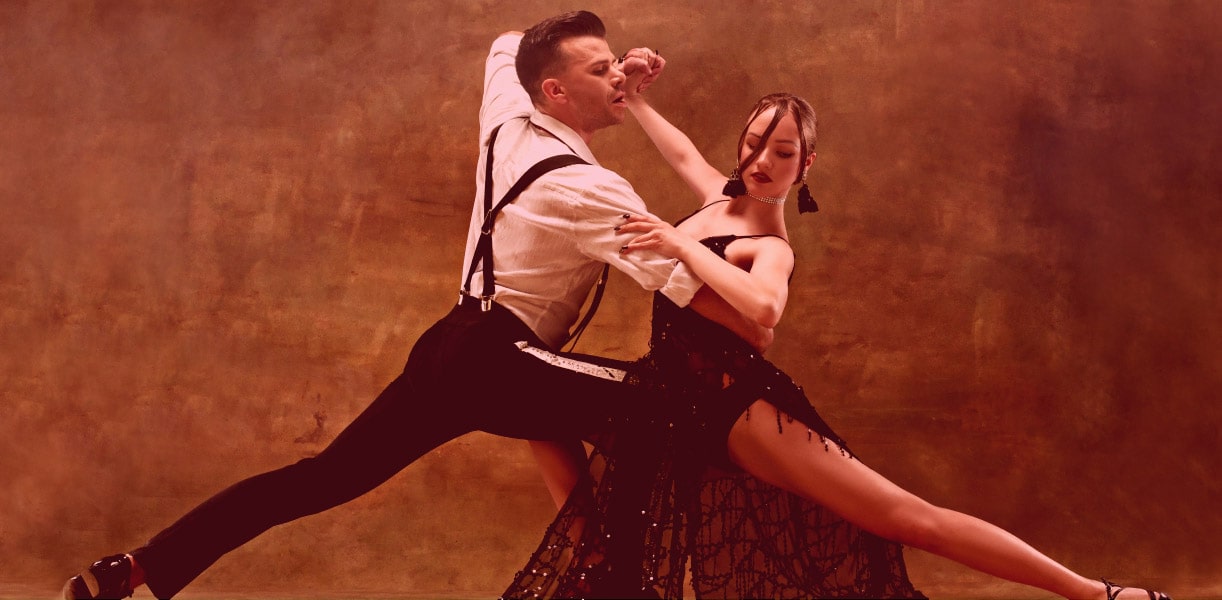
Dance floors tend to be sweaty places for a reason. All of those shimmies and shakes burn energy like you wouldn’t believe—and come with many other surprising health benefits, too.
Dancing demands a lot of energy output because it involves “movement in all directions,” says Nick Smeeton, a principal lecturer at the University of Brighton and coauthor of that report. While running, swimming and other propulsive forms of physical activity use rhythm and momentum to keep you moving, “there is a lot of accelerating and decelerating in dancing, which the body is less able to do in an energy efficient way,” Smeeton says.
If running is like driving on a freeway, dancing is more like motoring through a busy city, he says. All of that starting, stopping and changing directions burns a ton of fuel even though you’re not covering a lot of ground.
Of course, the amount of energy you expend has a lot to do with how hard you’re pushing yourself. A gentle two-step isn’t going to measure up to an intense, hilly run. But torching calories isn’t the only upside to dancing. Just as trail running and hiking better engage your lower-body joints and muscles than straight-ahead, level-ground locomotion, the up-and-down and side-to-side movements of dance may likewise activate and train many of your body’s little support muscles and tendons.
Finally, the touch aspect of dancing with a partner may offer some special perks. Touch is the first sense that emerges during infancy, and the more experts examine the benefits of massage, holding hands and other forms of human-to-human physical contact, the more they find that touching improves well-being and reduces stress and anxiety. Basically, dancing with someone else is like exercise and a hug rolled together.
Input your search keywords and press Enter.